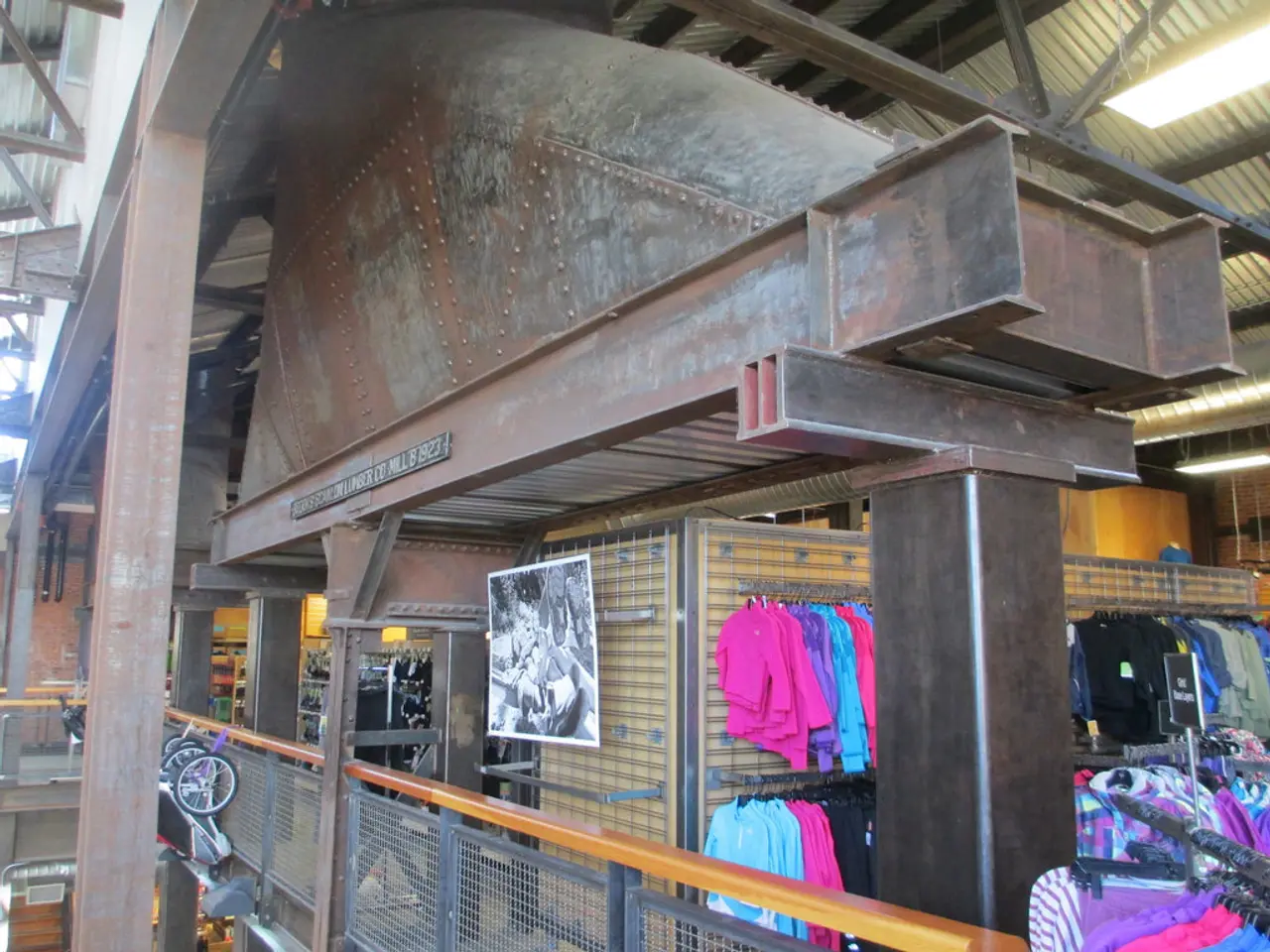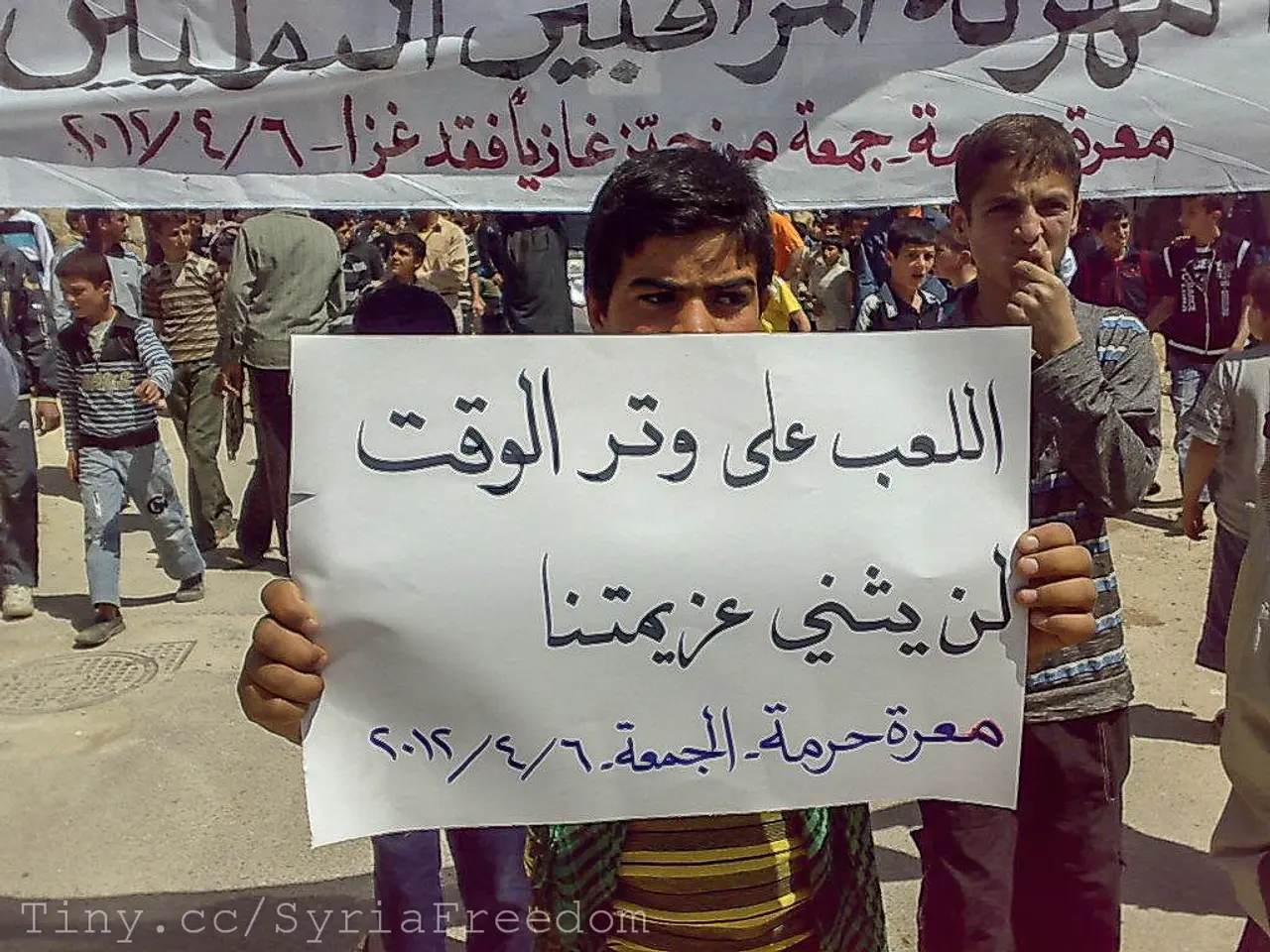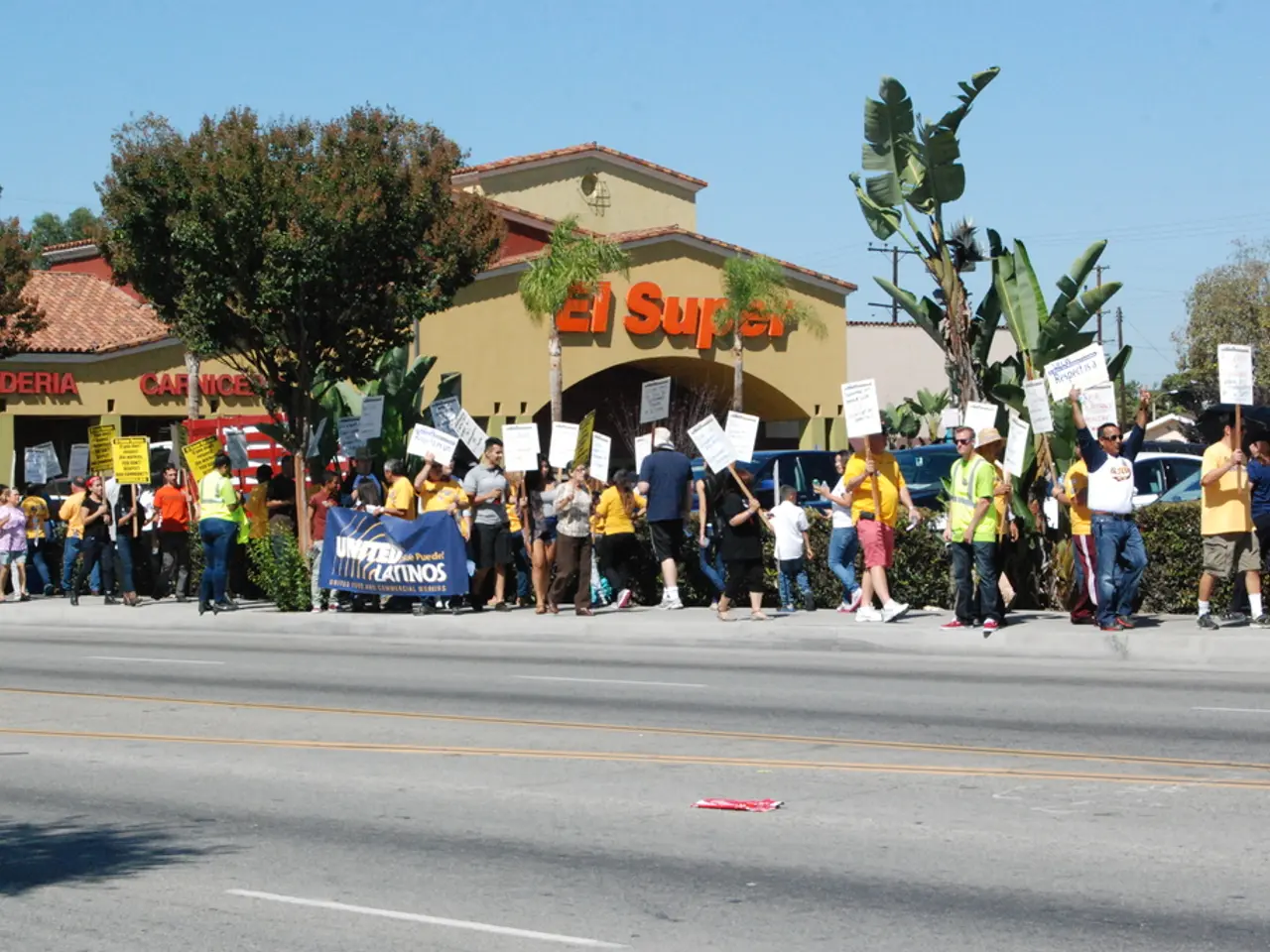World braces for Trump's upcoming broad tariff impositions on a global scale
President Donald Trump announced new tariffs on exports from more than 60 countries, effective at 12:01 a.m. on Aug. 7, 2025. The executive order sets a baseline tariff rate of 10% on imports, with increased tariff rates ranging from 15% up to 41% for nearly 70 countries based on trade deficits and national security considerations.
The new tariffs affect a wide range of countries, with Syria, Laos, Myanmar, and Brazil facing tariff levels of 40% or 41%, while Brazil will have a tariff of 50%. Some tariff rates reflect preliminary trade deals with countries like Britain, Indonesia, the Philippines, Japan, South Korea, and the European Union. On the other hand, Canada's exports to the U.S. will have tariffs increased from 25% to 35%. Exports from Sri Lanka and Taiwan will be subject to duties of 20%.
The tariffs are expected to raise costs for American consumers and slow the economy, according to economists. The uncertainty caused by last-minute announcements has left companies unsure about their imports being subject to much steeper tariffs the next day.
The executive order responds to varying outcomes from trade negotiations, with some countries reaching or nearing trade deals, and others either not engaging or failing to meet U.S. conditions. The administration is still likely to be open to further dealmaking, according to Greta M. Peisch, a former trade official.
The U.S. trade deficit is cited as an "unusual and extraordinary threat" in the executive order. However, a federal appeals court is hearing a case brought by states and businesses that say the president exceeded his authority under law by issuing such sweeping duties.
The tariff rates for goods moving across U.S. borders were unclear until hours before the president's deadline. Calculating the various new tariffs is not as simple as it has been historically, according to Richard A. Mojica, a customs attorney.
The trade truce with China is likely to be extended, according to Treasury Secretary Scott Bessent. Mexico has agreed to pause any escalation in tariffs for 90 days, with the goal of signing a Trade Deal.
The new tariffs have caused uncertainty and concern among businesses, particularly Korean companies who may take a few years to feel comfortable making long-term decisions on their manufacturing base due to Trump's continuously changing whims.
The detailed list of tariff rates for each country accompanies the executive order’s Annex I. The administration's approach to trade negotiations and the impact of these new tariffs will continue to be a topic of discussion and debate in the coming months.
- The new tariffs, announced by President Trump, are not only affecting the economy but also causing uncertainties among businesses, particularly in countries such as Korea.
- The tariff rates for goods imported from various countries, including Britain, Japan, South Korea, the European Union, Brazil, Syria, and Laos, have been set following political and trade considerations, with some facing rates as high as 40% or 50%.








